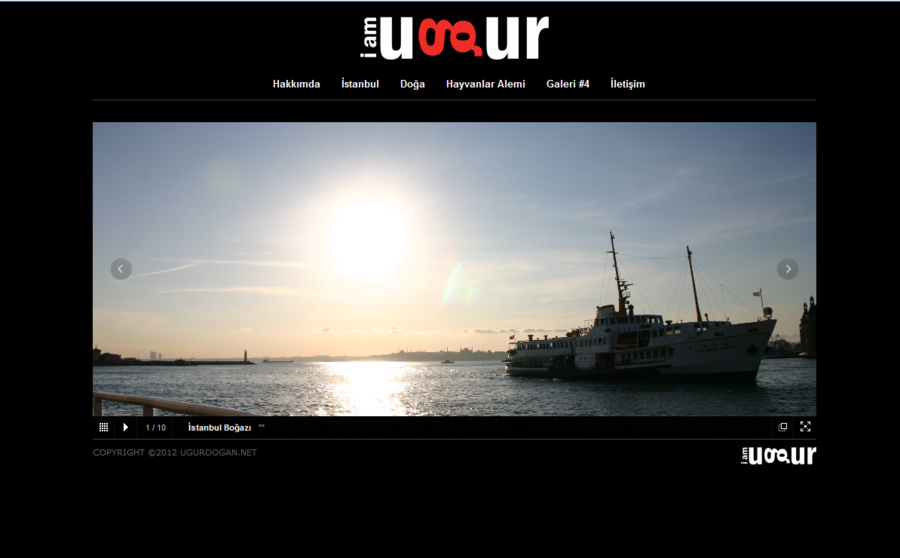Personal website of n
Post on: 6 Июнь, 2015 No Comment

Module: 8 — Facilities to NRI/FII — Foreign Exchange Management (Transfer or issue of security
by a person resident outside India) Regulations, 2000 — (7 articles)
What are GDRs?
Global Depository Receipts means any instrument in the form of a depository receipt or certificate (by whatever name it is called) created by the Overseas Depository Bank outside India and issued to non-resident investors against the issue of ordinary shares or Foreign Currency Convertible Bonds of issuing company. A GDR issued in America is an American Depository Receipt (ADR). Among the Indian Companies Reliance Industries Limited was the first company to raise funds through a GDR issue.
The holder of a GDR does not have voting rights. The proceeds are collected in foreign currency thus enabling the issuer to utilize the same for meeting the foreign exchange component of project cost, repayment of foreign currency loans, meeting overseas commitments and for similar other purposes. It has less exchange risk as compared to foreign currency borrowings or foreign currency bonds.
The GDR’s are usually listed at the Luxembourg Stock Exchange as also traded at two other places besides the place of listing e.g. on the OTC market in London and on the private placement market in U.S.A.
An investor who wants to cancel his GDR may do so by advising the depository to request the custodian to release his underlying shares and relinquishing his GDR in lieu of shares held by the custodian. The GDR can be cancelled only after a cooling period of 45 days. The depository will instruct the custodian about cancellation of the GDR and to release the corresponding shares, collect the sales proceeds and remit the same abroad.
Similarly an American Depositary Receipt (ADR) is a share of stock of an investment in shares of a non-US corporation. The shares of the non-US corporation trade on a non-US exchange, while the ADRs, perhaps somewhat obviously, trade on a US exchange. This mechanism makes it straightforward for a US investor to invest in a foreign issue. ADRs were first introduced in 1927.
Two banks are generally involved in maintaining an ADR on a US exchange: an investment bank and a depositary bank. The investment bank purchases the foreign shares and offers them for sale in the US. The depositary bank handles the issuance and cancellation of ADRs certificates backed by ordinary shares based on investor orders, as well as other services provided to an issuer of ADRS, but is not involved in selling the ADRs. ADRs were introduced as a result of the complexities involved in buying shares in foreign countries. Primarily the difficulties associated with trading at different prices and currency values. For this reason, U.S. banks simply purchase a bulk lot of shares from the company, bundle the shares into groups, and reissues them on either the NYSE, AMEX, or Nasdaq.
Pricing of ADRs
The depositary bank sets the ratio of US ADRs per home country share. This ratio can be anywhere, and can be less than or greater than 1. Basically, it is an attempt to get the ADR within a price that Americans are comfortable with, so upon issue, it could be assumed that most ADRs range between $15 and $75 per share. If, in the home country, the shares are worth considerably less, than each ADR would represent several real shares. If, in the home country, shares were trading for the equivalent of several hundred dollars, each ADR would be only a fraction of a normal share.
GDR/ADR is thus a financial product representing the integration of the international financial markets. Raising capital/debt in the domestic market is relatively easy. But developing countries are short of capital and interest rates are higher, while the developed countries have larger investible surplus, and funds are available at more competitive terms. How to raise capital/debt from the international money-market? The solution to this achieved through what are called as Global Depository Receipts and American Depository Receipts.
Marketing of the GDR issue is done by the underwriters by organizing road shows, which are presentations, made to potential investors. During the road shows an indication of the investor response is obtained by equity called the Book Runner. The issuer fixes the range of the issue price and finally decides to the issue price after assessing the investor response at the road shows.
The advantages of GDRs are twofold. For the foreign investor, GDRs are an easy and cost effective way to buy shares in a foreign company. They save considerable money by reducing administration costs and avoiding foreign taxes on each transaction. For the domestic company GDR is attractive because they get more exposure in International capital market and allows them to tap into the wealthy European/North American equity markets. In return, the domestic company must provide detailed financial information to the sponsor bank at the foreign country.
Foreign Investment through GDRs (Euro Issues)

Foreign Investment through GDRs is treated as Foreign Direct Investment in India. Indian companies are allowed to raise equity capital in the international market through the issue of Global Depository Receipt (GDRs). GDRs are designated in dollars and are not subject to any ceilings on investment. An applicant company seeking Government’s approval in this regard should have consistent track record for good performance (financial or otherwise) for a minimum period of 3 years. This condition would be relaxed for infrastructure projects such as power generation, telecommunication, petroleum exploration and refining, ports, airports and roads.
Clearance from FIPB
There is no restriction on the number of Euro-issue to be floated by a company or a group of companies in the financial year. A company engaged in the manufacture of items covered under Annex-III of the New Industrial Policy whose direct foreign investment after a proposed Euro issue is likely to exceed 51% or which is implementing a project not contained in Annex-III, would need to obtain prior FIPB clearance before seeking final approval from Ministry of Finance.
Use of GDRs
The proceeds of the GDRs can be used for financing capital goods imports, capital expenditure including domestic purchase/installation of plant, equipment and building and investment in software development, prepayment or scheduled repayment of earlier external borrowings, and equity investment in JV/WOSs (joint ventures / wholly owned subsidiaries in India.
Restrictions
However, investment in stock markets and real estate will not be permitted. Companies may retain the proceeds abroad or may remit funds into India in anticiption of the use of funds for approved end uses. Any investment from a foreign firm into India requires the prior approval of the Government of India.
GDR Issues by Indian Corporates are floated as per scheme approved and notified by the Finance Ministry titled Issue of Foreign Currency Convertible Bonds and Ordinary Shares (Through Depositary Receipt Mechanism) Scheme, 1993. Salient features of this schme is discussed in the next chapter.














